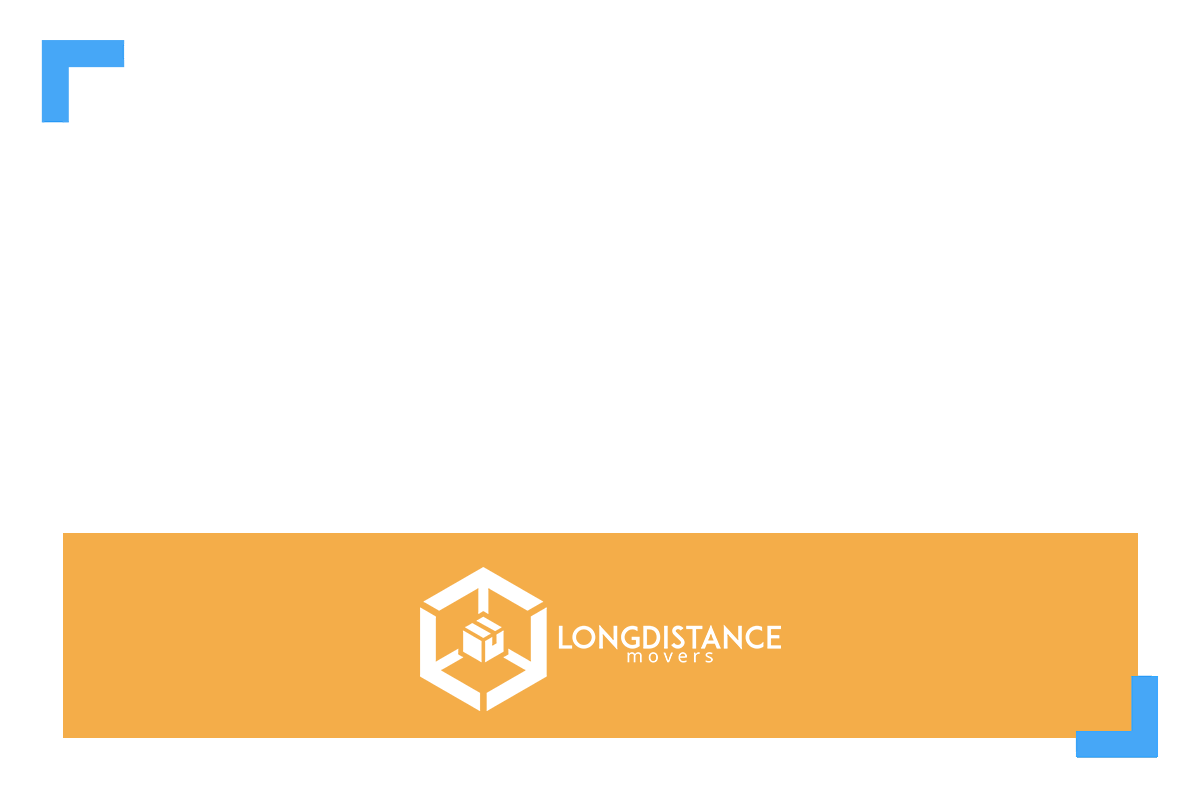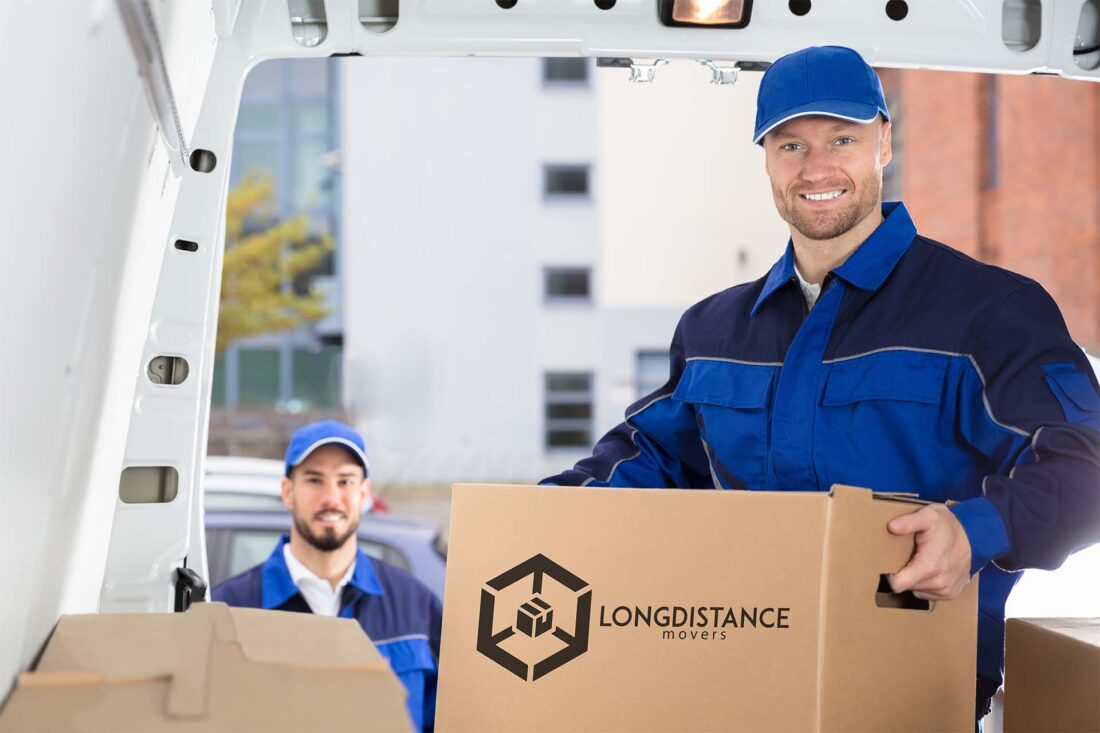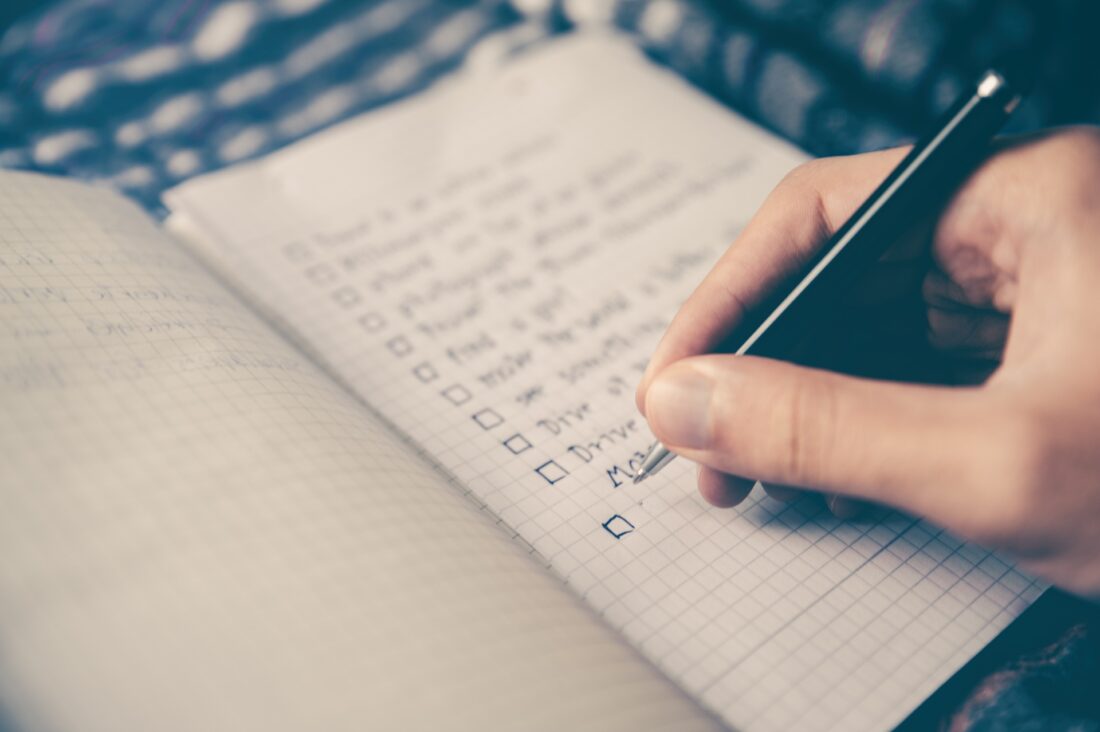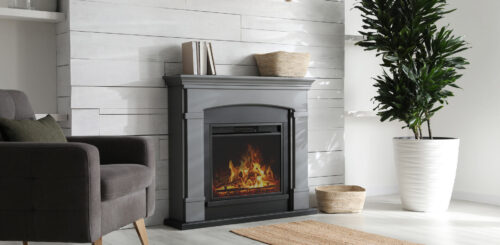The last thing you need among all the moving chaos is adding another task to your pretty tight and overcrowded schedule. That’s why it’s crucial to know how to do a home inventory properly. Why is it that so important? In case of any breakage or break-ins, you will have a clear picture of the damage and losses you experienced, and you can navigate easier through insurance claims.


If you are transporting valuable and costly things and appliances, this file will help you to get a price estimate for a transportation insurance policy from the company you employed for moving. There are a few options for insurance of your belongings if you are hiring a moving company. Be one step ahead. Create a catalog of your belongings in digital and paper form, take photos and record a video.
Do You Know How to Create an Apartment Inventory List?
Although it is a very straight forward task, if you do a household catalog organized, it will be a lot easier. You can organize your file according to rooms, type of the items, whether they are collectibles or have some special value (i.e., paintings, sculptures, family heirlooms). The sentimental value of your belongings plays no particular role here. Try to be as objective as possible when making a list of your stuff. Don’t overprice your things and if you can’t remember how much you paid for them, research their value online.
One more thing that will play an important role when doing the valuation is the condition of your things. If you have art or antiques, you can ask for a certified assessment. Your catalog doesn’t have to have every single item in your home, but it should at least contain your most valuable possessions. Home appliances and electronics, furniture, jewelry, china, art, and collectibles should definitely be there.
Tips on Making a Home Inventory List
When you are compiling a checklist of your belongings, you should have a few separate categories. Try to organize your belongings into furniture, appliances, electronics, art, valuables, miscellaneous, collectibles, books, decorative pieces, tools, and toys. You can also organize your checklist according to rooms, or spots in and around your home where your belongings are placed (i.e., living room, kitchen, bedroom, attic, garden, garage, storage). The best way to have a full overview of the situation is to fill the categories below for every item if it is possible:
- Category
- Description
- Receipts
- Value paid
- Value assessed
- Photograph
- Conditions
- Repairs
- Where and when they were bought
More times than not, it is impossible to have all of this information for each thing you own, but put in as much as possible. It is not a bad idea to have a separate agenda with receipts from when you bought things and when you repaired them. The more information, the better. Also, have a separate agenda for your valuables, art, and collectibles.


Hire a Valuation Agent If You Can’t Establish the Value of Your Things
One tricky part is to determine the value of the gifts that you received or inherited. As for the gifts, you can search for information on their value on the Internet. Inheritance can be quite valuable, and some testaments will contain the value of the things in the matter. But if they were not assessed, you would have to do it yourself or hire an agent to do the evaluation.
Collectables are another category that should get certified valuation since their value can raise over the years and you may not have a clear price range. Sometimes you can find their value online, but it is best to leave their assessment to the professionals.


A Printable Worksheet Will Make Your Job Easier
Even though everything is digital these days, it may be easier to use an app to create a printable sheet for the inventory checklist when you are taking data. You should have a digital copy of your checklist later on when you put all the items on paper. It is probably the right time to create a catalog when you pack for moving. Because you are packing all the things anyway and you can count them in as you go.
Doing a Home Inventory List Will Make Getting Insurance Claims Easier
You should know that moving companies are not certified to give you insurance policy per-say, they are giving you a valuation. The moving company ensures your belongings by guaranteeing you the compensation for the things that might get lost or damaged. That is where the household catalog will be of great help. If you create one, you will know the exact value and the information about the things you are transporting.
If your place gets burglarized, invaded or destroyed in a fire or natural disaster, you should know the value of the belongings you lost. This file can help you to get insurance policy return or compensation in full after you lose your things or they get destroyed in any case scenario. It is almost impossible to get a full insurance policy claim without a catalog with detailed information, photo or video evidence.


How to Make a Checklist
Once you have an already established file, you can add items as you buy them or get them. First, go room by room and enter the things into a checklist with a description and condition. Later on, you should try to find the receipts, as many as you can and create a record of them in the catalog and put them in a separate folder. You can take a photo of your receipts and create a digital folder because paper can easily get lost, destroyed or damaged. If it is possible to photograph all your possessions to have visual proof of their possession and condition. Do a date stamp on all the photographs you take. It is not a bad idea to take a video of your place either.


Make a Storage Checklist
If you are putting your things in a storage unit, try to place them according to the checklist. It will be a lot easier to get things out when you need them, without opening all the boxes and searching every corner.
Once you create this checklist, it will be a lot easier to have an insight into the total value of all the items in your household and add things that you get later on. It is also important to check out the items once you don’t own them anymore. This way, you will be prepared for all possible insurance policy claims, and it will make your life much easier if you move.




